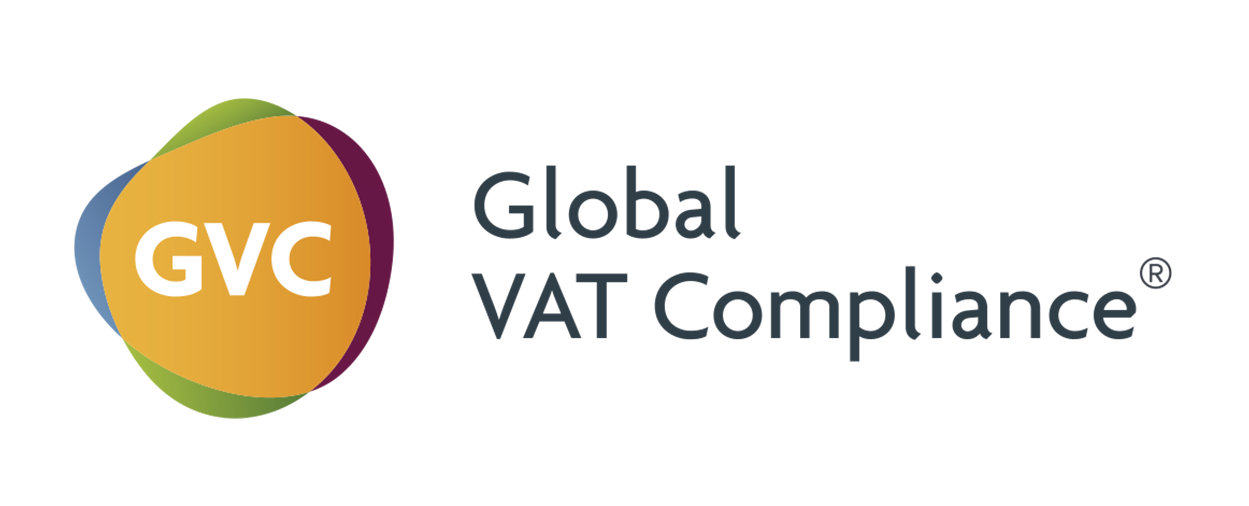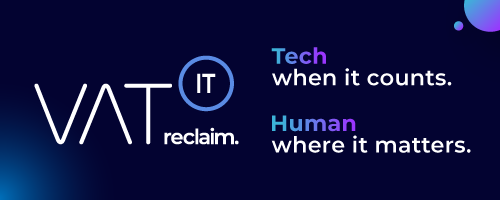- The General Authority of Zakat and Tax (ZATCA) in Saudi Arabia has mandated the adoption of e-invoicing for businesses to improve transparency, enhance tax compliance, and streamline business processes.
- e-invoicing in KSA is a digital process that replaces traditional paper invoices with electronic documents to promote transparency and improve tax compliance.
- The implementation of e-invoicing in KSA is divided into two main phases: Generation Phase and Integration Phase.
- Phase 1 requires businesses to generate and store tax invoices using electronic solutions that comply with Phase 1 requirements.
- Phase 2 requires businesses to integrate their electronic invoicing solutions with ZATCA’s systems, based on their annual taxable revenue.
- Essential data fields for KSA e-invoices include invoice number, date, seller and buyer information, invoice items, total amount, payment terms, ZATCA QR code, and electronic signature.
- The QR code in KSA e-invoicing serves as a validation tool, authentication method, and provides easy access to key invoice information without manual data entry.
- QR codes are mandatory for simplified e-invoices issued to consumers (B2C).
Source: taxilla.com
Note that this post was (partially) written with the help of AI. It is always useful to review the original source material, and where needed to obtain (local) advice from a specialist.















